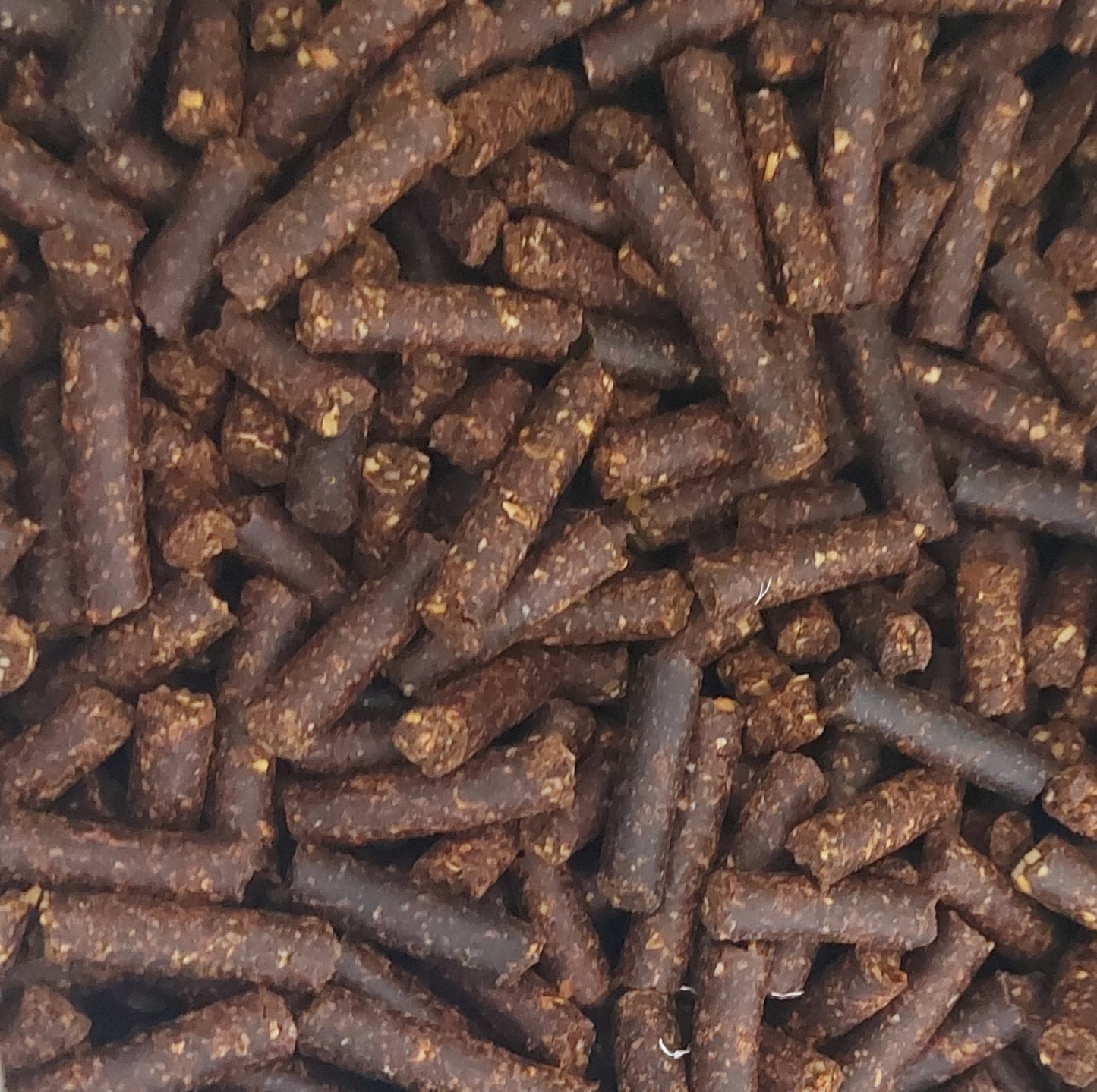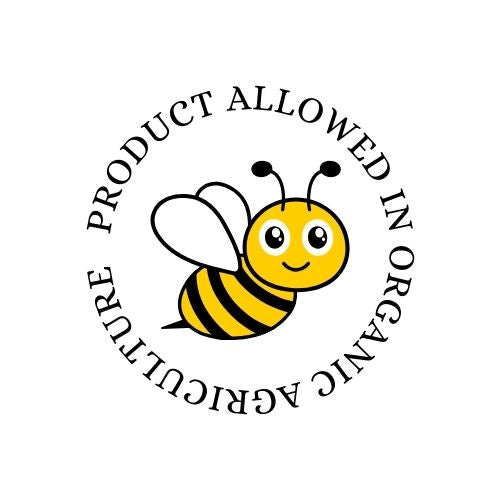Despite Neem cake acting as a natural pest control and can help improve plant health, it is possible that its use may sometimes lead to the development of mold. This can happen for several reasons:
Excessive moisture: Neem cake, like any organic fertilizer, retains moisture in the soil. If the soil's moisture level is too high or if the fertilizer is applied in too large a quantity, this can create favorable conditions for the development of mold and other fungal diseases.
Poor air circulation: If plants are not properly spaced or if the space where they grow is poorly ventilated, this can also contribute to the development of mold. Organic fertilizers, like Neem cake, can contribute to moisture accumulation under such conditions.
Inappropriate use: Incorrect application of Neem cake, such as applying too thick a layer of fertilizer or its use under unsuitable conditions (e.g., in humid or rainy weather), can also encourage mold growth.
If mold appears on indoor plants, we recommend removing the Neem cake from the plant because it likely led to moisture accumulation, and add it only when the soil is dry enough for use.

Neem Land
🚨💰 Neem Cake 25 kg PELLETS
Regular price
€91,58 EUR
Regular price
€107,75 EUR
Sale price
€91,58 EUR
Unit price
per
Tax included.
Shipping calculated at checkout.








